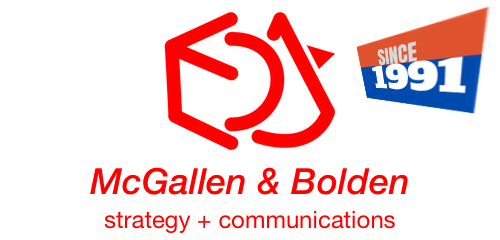In brief…
- If you are trying to gain ink or screen with a media in Asia Pacific, the BEST way is to work with the experts – PR agencies which do this for a living day in, day out, and thoroughly battle-tested.
- If a journalist calls you for a comment, you know they may also have called 10 of your competition in the same time frame, in case most of you do not respond.
- If a particular media consistently tells you it is “pay to play”, which means they will NOT publish your story unless you pay them, then it is nothing more than advertising (in any guise), and NOT earned coverage.
If you are trying to gain ink or screen with a media in Asia Pacific, the BEST way is to work with the experts – PR agencies which do this for a living day in, day out, and thoroughly battle-tested.
But, in order to get least understand what kind of Asia Pacific media you are working with, and to better work with your PR agency, it is good to understand what kinds of media there are.
1) Mainstream media
These are your national dailies (newspapers), broadcast (TV and radio, plus online), and major Tier-1 online media (high DA or domain authority). Wire services are NOT considered mainstream media as they are syndication mechanisms, rather than earned by pitching.
2) Trade/vertical media
These are typically specialized media that attract much smaller audiences, from specific industries, e.g. cybersecurity, medicine, etc. Some are receptive to earned coverage by pitching, while some others are push advertising (disguised in various means, including “sponsored content” or “native advertising”). Bear in mind, advertising in any form, is NOT earned coverage.
3) Online media
These can be enthusiast-run blogs, podcasts, or vlogs, or legitimate media built from the ground up as an online-only media. Some are emerging, and hope for as much content support as possible, while some are very established with audiences rivaling mainstream media. My opinion is all online media with open content (not closed behind paywalls), can lend a hand to your branding and SEO, and so can be approached.
So, what are the tips for working with Asia Pacific media?
A) Localize
Some countries, such as Thailand, Vietnam, and Indonesia, would be happier receiving content that is written in the vernacular language. And I don’t mean just “AI-translation”, as localization means the nuances and cultural references that a REAL human being in these countries would speak, write and understand. Spend some money on proper localization. And, just because the language may be Chinese, does not means it is universal across mainland China, Hong Kong SAR, or Taiwan ROC. Hong Kong SAR and Taiwan ROC use the Traditional Chinese script, and the cultural nuances must be understood and addressed. Don’t be lazy.
B) Timing is everything
The media is always facing a time crunch. Deadlines are sacred. If a journalist tells you they need a response by 4 PM the SAME DAY, they mean it. If a journalist calls you for a comment, you know they may also have called 10 of your competition in the same time frame, in case most of you do not respond. So, the faster you respond with a usable comment (in email) or to appear in studio or on Zoom, the more likely your comment will get airtime while your competition won’t.
C) Assets are key
By assets I mean usable images and even B-roll videos (videos without commercial branding or captions). Most media are hard-pressed for time and budgets. So if you can provide great images (not those boring handshakes, posed images) and videos that compel audiences, the media will be grateful and they will remember to call you again.
D) Keep your peace (and distance)
If you have pitched a story once, and the media did not respond, leave it alone. Find another story to pitch another day. If it does not work the first time, the story is not that interesting to the world. Don’t hound the media.
E) Wallet involved?
If a particular media consistently tells you it is “pay to play”, which means they will NOT publish your story unless you pay them, then it is nothing more than advertising (in any guise), and NOT earned coverage. If you happen to have spare cash on top of a PR budget, and feel like splurging, then do it. But such “coverage” should not be included in earned coverage on your dashboard.
When in doubt, check with your PR agency on the grounds of Asia Pacific. Each country has unique requirements, nuances, and sensitivities. Visit us if you need a hand.

Dr Seamus Phan – Global C-suite Publicist & Strategist (Biochemist, Cybersecurity & Webdev pioneer, Author, Journalist) with 37 years of professional field experience.

